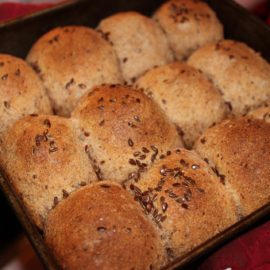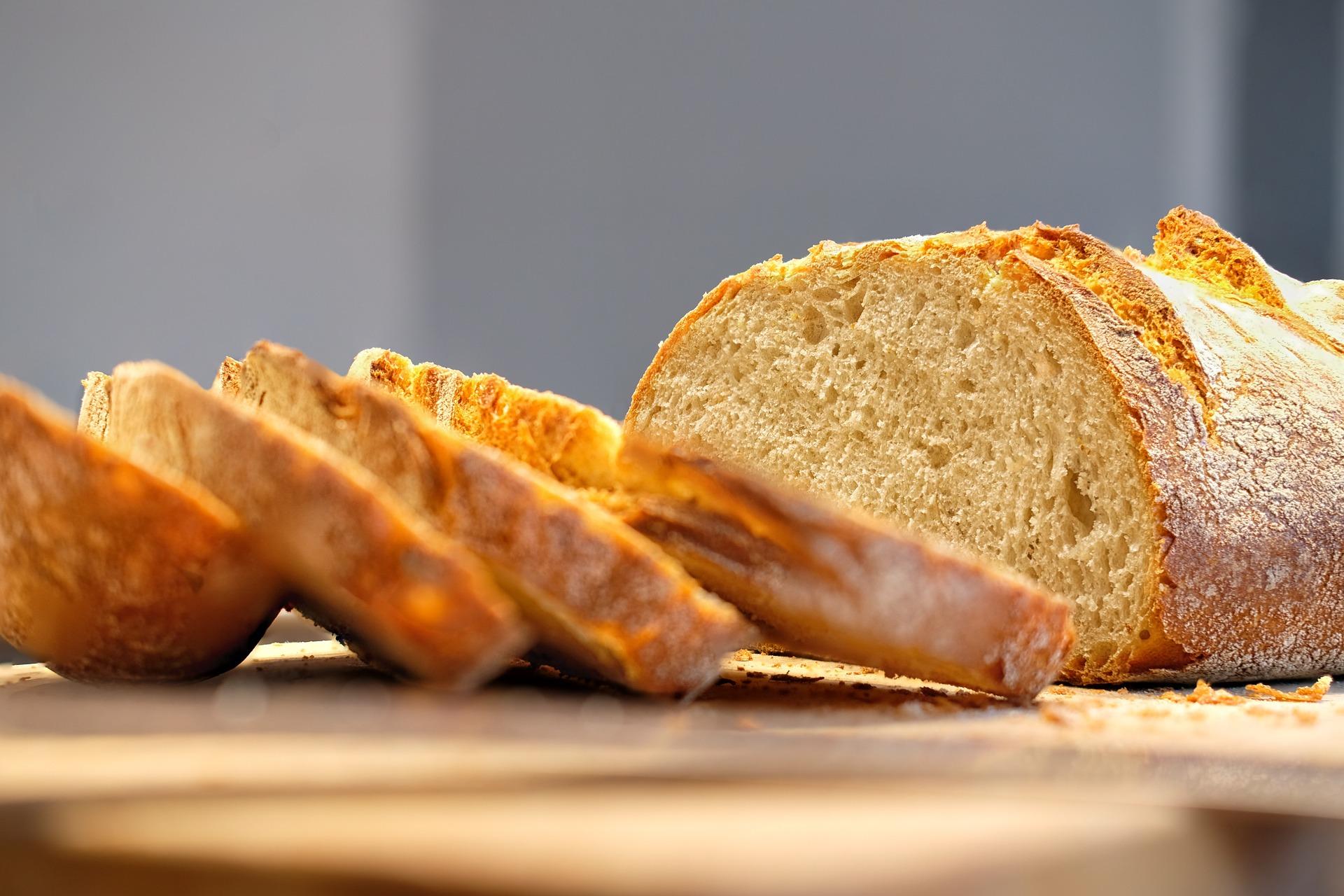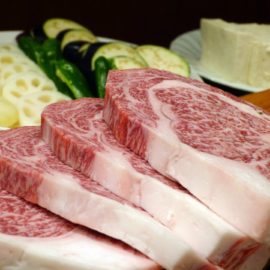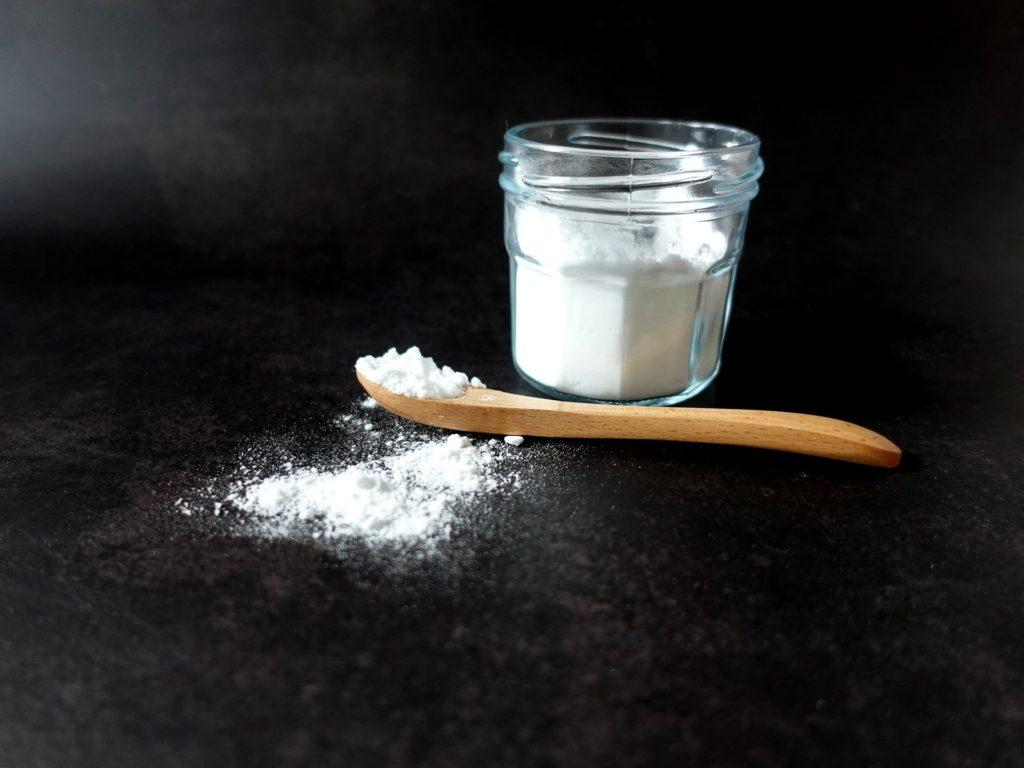
Cookies are a baked product that is usually round, flat, and crispy. They made mainly of wheat flour, sugar, and fat. Other ingredients such as milk, chocolate, salt, egg, and baking soda may also be present. What does baking do in cookies, anyway?
Baking soda consists of a chemical called sodium bicarbonate (NaHCO3), which makes carbon dioxide, water, and a salt in the presence of an acid. And no, we are not talking about harmful acids. We are referring to common sources of acid in the kitchen, such as molasses, buttermilk or sour cream, lemon juice, or cream of tartar.
When added to cookies, it acts as a leavening agent. A leavening agent or leavener is any substance in doughs or batters that help make structures through incorporation of air or carbon dioxide bubbles. Without its assistance, doughs and batters would be dense and low in volume, resulting in dense baked items.
Leavening agents are categorized into three: biological, chemical, or physical (mechanical). Chemical leaveners when activated, emit gases (often carbon dioxide) and a byproduct called a chemical salt. They are typically composed of a combination of acids and alkalies. Baking soda and baking powder are chemical leaveners. These two are frequently used in many baking recipes. However, some recipes ask for one, some recipes for the other, and while some recipes call for both. So how do you decide which one to use? The intended qualities of the finished product must be taken into consideration.
You might also like: Unbleached Vs. Bleached flour: The Difference
For a better rise, use baking powder. For flatter or browner cookie, use baking soda.
Here is why.
WHY BAKING SODA, NOT BAKING POWDER FOR COOKIES?
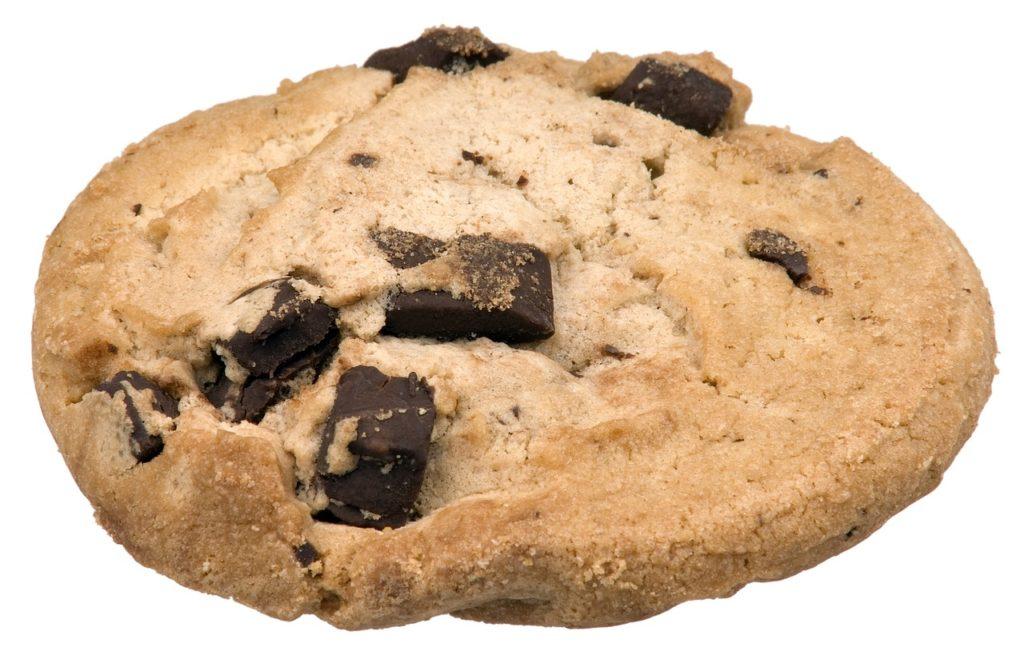
Because baking soda will make the cookies spread out and brown on the baking pan rather than up into the air. By increasing the pH of the mixture, protein coagulation is inhibited, promoting spreading. This results in a more uniformly baked cookies since the dough has more time to set before the eggs set.
Baking powder-leavened cookies will taste more like cake than baking soda cookies due to the rise. But there are people who prefer cookies like this. If you enjoy the cake-like cookies and want to do an experiment in the kitchen, keep in mind of the differences between the two leaveners. Like for example, baking soda only contains about a third of the amount of baking powder. So there will be a need for additional baking powder to the recipe.
You might also like: The Science Of Rising Bread (And Why Yours Is Not)
If a recipe calls for both baking powder and soda, the cookies are being leavened by the baking powder. This is because baking powder contains the right proportions for all of the acids present to react with all of the basic bicarbonate. Baking soda, on the other hand, works to neutralize any acid that is present within the ingredients list to avoid a hint of sourness.
If the recipe that calls for both leaveners also calls for buttermilk, you may be wondering why buttermilk (the source of acid) instead of milk if there is not a need for an acid. Well, in addition to the milk proteins that prevent the production of gluten, buttermilk is thick. You do not need to add as much flour to your batter when you add a thick liquid, which also slows the production of gluten.
To further explain the difference between baking soda and baking powder, this article should help.
